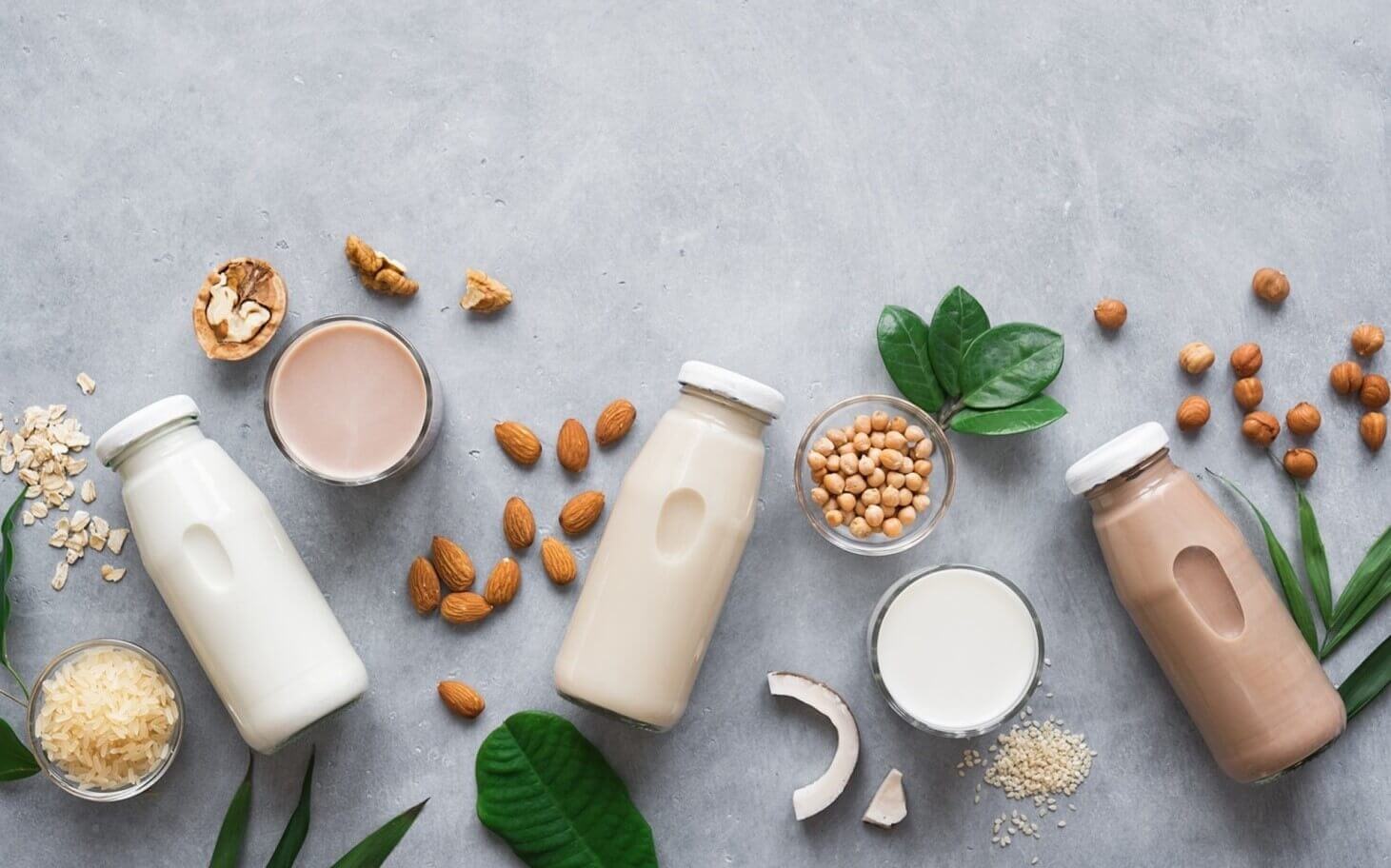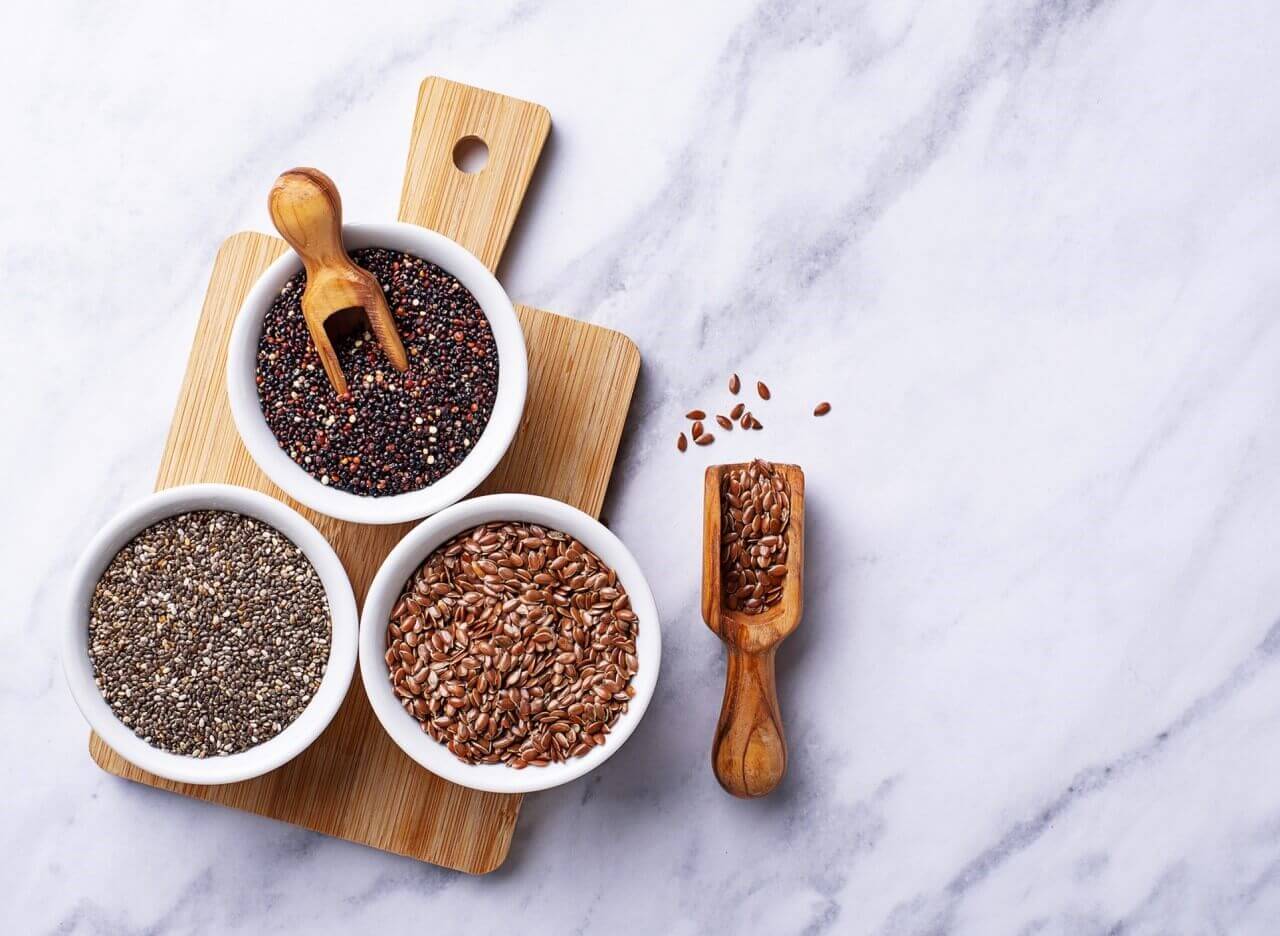The Rise of Plant-Based Milks
The plant-based milk category has seen a rapid evolution. From shelf-stable soy and rice milk cartons in natural food stores to almond and coconut milks in traditional milk cartons in mainstream dairy aisles, there’s no doubt that plant-based milk has come a long way.
Ingredients like pea, hemp, cashew, and oat expanded the possibilities further, illustrating that any legume, seed, nut, or grain is fair game for making a plant-based milk. With textures ranging from light and refreshing to thick and creamy, along with a variety of flavors and health benefits, plant-based milks seem to have something for everyone.
Recent category developments include an uptick in protein-fortified plant-based milks (e.g., almond milk with pea protein), new plant-based blends, and the adoption of oat milk by baristas. In addition, online ordering of plant-based milks has surged in response to COVID-19. Oat milk, in particular, made the news as consumers rushed to stock up, presumably for use as a coffee creamer as cafes were forced to shut down.


